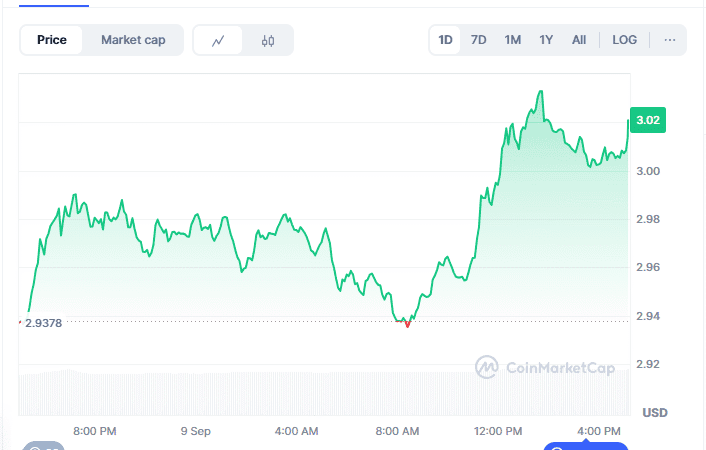Dormant Whale Transfers 97,000 ETH After 4-Year Pause
- Dormant whale moves 97,000 ETH after four years.
- Transfer includes 137 ETH to Bitstamp.
- Market volatility anticipated due to large-scale transfer.

A previously dormant whale transferred 97,000 ETH to an unknown destination, including 137 ETH sent to Bitstamp, after four years of inactivity.
Market observers speculate on the whale’s intentions, particularly the 137 ETH transferred to Bitstamp. Potential selling pressure concerns drive volatility, despite no official statements from Ethereum leaders.
The unidentified whale, after remaining dormant for four years, recently moved 97,000 ETH, triggering speculation in the cryptocurrency community. Ai 姨, Web3 Content Creator, stated:
“This large-scale movement signals potential selling pressure and could impact ETH price volatility in the short term, making it a critical watch point for traders.”
The whale had withdrawn significant amounts from Binance and Bitstamp previously. These movements suggest potential intent to liquidate or test current exchange liquidity. The transaction’s scale has investors evaluating its implications for market dynamics, with historical comparisons noting price shifts after similar transfers.
Community members are watching for possible financial reactions as some historical analyses link dormant capital activation to short-term volatility. Industry experts weigh in, but notable figures in the Ethereum community remain silent on this activity. Historical patterns reveal that such substantial cryptocurrency movements often coincide with market attention and subsequent speculation. This event has yet to prompt or receive any official remarks from Ethereum’s leadership or exchange platforms. However, investors remain watchful for further developments.
A reactivation of previously dormant ETH capital typically signals broader caution among investors. No substantial insights from top developers or regulatory feedback, yet market observers indicate increased scrutiny over future exchange deposit records. Historically, large-scale movements have led to market price fluctuations and a repricing of risk, with direct impact limited to involved assets.




